Tile Ideas for Two 1931 Bathrooms
wolfgang80
6 years ago
Featured Answer
Comments (70)
House Vixen
6 years agolast modified: 6 years agoHouse Vixen
6 years agolast modified: 6 years agoRelated Discussions
Ideas for designing a bathroom around linen tile?
Comments (9)I used a linen-look 12x24" porcelain tile (Ann Sacks Texere) on the floor of both of the two bathrooms that I remodeled seven years ago. It feels good to walk on. I like the way it looks. It has a more contemporary look than subway tile, which I think is more traditional. It is challenging to clean because of the texture -- dirt seems to stick in the tiny grooves. It is very slippery when wet -- not enough texture. Ann Sacks would not provide me with information about the DCOF. I would not use it again on the floor....See MoreTwo different grout colors in one bathroom? Shower niche?
Comments (11)For some reason several notifications popped up today that I never knew were on this thread or a couple others. I thought it may be helpful to some who may read through this (and reassuring to those who were concerned) to see in first two photos the watertight way the shower was structured, then in last two photos are the colors of grout/what I ended up doing (per my original purpose of posting this question on Houzz) : ^^^This red/pink stuff is the waterproof material that was put all over the shower/in niche/etc before the tile went on. And as I had mentioned in prior comments, a large curb was always the plan as you will see in this almost-finished photo :) *Note: The unfinished window is a reflection and not actually in the shower Finally, for those who looked at this thread in search for answers to their own questions about grout colors, I went with Tec Dove Gray Sanded Powergrout on the floor and niche (wherever the hex was), and Tec Silverado Unsanded regular grout on the walls with Powerboost added (to make the unhanded grout a form of Powergrout) on the walls...choosing the lighter gray to soften the bright white so that it would work better with the warm white vanity. The Powergrout has posed no issues whatsoever in the last month since the shower has been used. We did seal the floors/walls for additional mold/mildew/stain resistance. This is a good representation of what the colors of tile and grout look like in reality...the Dove Gray appears a bit softer in person though....See MoreBathroom tile ideas
Comments (17)I believe that you DO need at least a bit of contrast between the floor and walls. It can be a light gray, but should be darker than the white of the wall tile. The reason for this is that it helps three kinds of situations: 1. someone is ill and dizzy. Darker floor helps someone who is dizzy from becoming disoriented. 2. Someone with poor vision is not wearing glasses in the shower and needs the contrast so they see where walls end and floor starts. 3. Elder sometimes suffers disorientation or dizziness, so needs the contrasting floor. Whether to use the wood-look porcelain tile or not depends on the flooring in the rest of the house. What is on the floor outside the bathroom? You just don't want the flooring to look too much like any wood flooring, so that it does not look like you "just missed" in an attempt to match it. A contrast between the wood outside the room and on the bathroom floor would be good. Some wood colors might not look good with some gray tile "planks." What are you doing for the shower floor? Is it going to be a linear (trench) drain against the wall, or a traditional shower drain? Shower floors must slope toward the drain, so you probably cannot use the plank there unless you have a linear drain the whole (or at least most of) length of the shower. If you are doing a traditional center or end drain, you will want a tile no more than 3 or 4 inches in diameter. As for your vanity, you do have lots of options between 36" and 48." This one is 42" And 43"46.5" - also in light gray and [THIS[(https://www.houzz.com/products/prbr7-br~t_469~s_2107-2110-2111-2114~a_72-555--75-570--77-594) is a link to the 94 white vanities Houzz has that are between 40-44" and that is just Houzz....See MoreNeed bathroom tile design ideas to work with vintage Bermuda Coral tub
Comments (6)Hello everyone. It has been 3 months since I last provided an update because I had to stop everything to care for my father who passed away about 6 weeks ago. I am back on track and the update is as follows. I learned that the color of the tub is actually Persian Brown like Stephanie has and I was only going in circles trying to figure that out because the Porc-a-fix people had the wrong color in their bottles of touch up paint that I had purchased to fix some damage. I took the advice of someone on another thread to go with black and white and here is where I am so far. After it is all tiled and the cabinet goes in, my next advice question will be what color to paint (or a wallpaper that won't fight with the greek key accent tile?) the walls above the wainscotting. I painted my vanity black and will get a quartz countertop that looks like black marble and the fixtures will be polished gold with black handles. below is across from the tub what will be closest with mirrored bypass doors and a floating dressing table...See Morewritersblock (9b/10a)
6 years agolast modified: 6 years agoHouse Vixen
6 years agolast modified: 6 years agowritersblock (9b/10a)
6 years agolast modified: 6 years agoskitt
6 years agocpartist
6 years agoCreative Ceramic & Marble/ Bill Vincent
6 years agoskitt
6 years agoCreative Ceramic & Marble/ Bill Vincent
6 years agoDragonfly Tile & Stone Works, Inc.
6 years agocpartist
6 years agoDragonfly Tile & Stone Works, Inc.
6 years agoroarah
6 years agolast modified: 6 years agocpartist
6 years agocpartist
6 years agoroarah
6 years agolast modified: 6 years agoHouse Vixen
6 years agocpartist
6 years agoHouse Vixen
6 years agokats737
6 years agoroarah
6 years agoHouse Vixen
6 years agolast modified: 6 years agocpartist
6 years agoLyndee Lee
6 years agowolfgang80
6 years agomercurygirl
6 years agoskitt
6 years agoDragonfly Tile & Stone Works, Inc.
6 years agowritersblock (9b/10a)
6 years agolast modified: 6 years agoDragonfly Tile & Stone Works, Inc.
6 years agoLyndee Lee
6 years agopalimpsest
6 years agoDragonfly Tile & Stone Works, Inc.
6 years agolast modified: 6 years agocpartist
6 years agowolfgang80
6 years agoskitt
6 years agowritersblock (9b/10a)
6 years agotinybluesparkles
6 years agocpartist
6 years agowritersblock (9b/10a)
6 years agowritersblock (9b/10a)
6 years agolast modified: 6 years agoskitt
6 years agowritersblock (9b/10a)
6 years agolast modified: 6 years agoskitt
6 years agowritersblock (9b/10a)
6 years agolast modified: 6 years agoLyndee Lee
6 years agowritersblock (9b/10a)
6 years agolast modified: 6 years agowolfgang80
6 years agowritersblock (9b/10a)
6 years ago
Related Stories
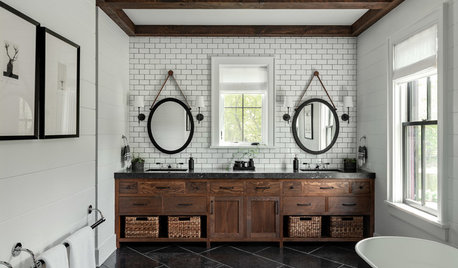
BATHROOM TILE6 Creative Bathroom Tile Ideas
Consider these tile colors, patterns and installation methods to make your bathroom more interesting
Full Story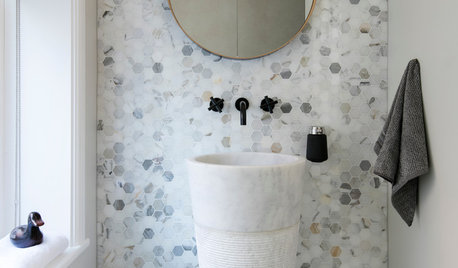
TILEHow Tiny Tiles Can Elevate Your Bathroom’s Style
Thanks to their ability to add texture and subtle pattern, petite hexagonal and penny tiles may be here to stay
Full Story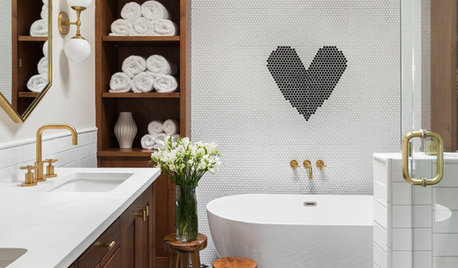
MOST POPULAR13 Tile Ideas You’ll Want to See
Playful patterns, fun colors, fresh layouts — consider these tile suggestions for tricking out kitchens and bathrooms
Full Story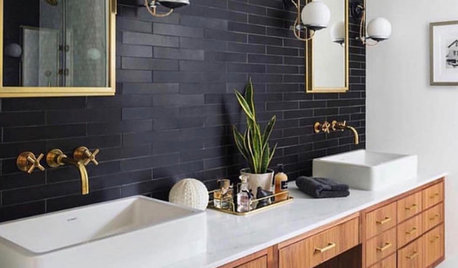
BATHROOM DESIGN9 Ideas for the Space Between Double Sinks in the Bathroom
You can build storage, seating and more into the area between vanity or pedestal sinks
Full Story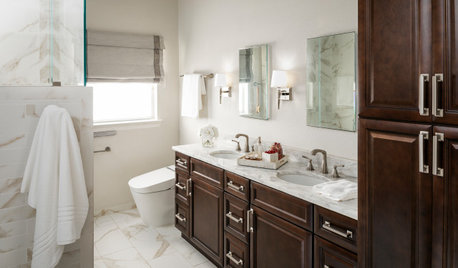
BATHROOM DESIGNBathroom of the Week: Pamper-Me Features and Marble-Like Tile
An Orlando, Florida, couple’s former cramped, dated master bathroom gets an elegant, contemporary update
Full Story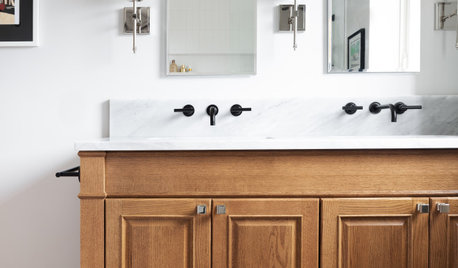
BATHROOM MAKEOVERSPink Tile Charms in a Family Bathroom
Seattle designers craft a space that’s classical, practical and charming
Full Story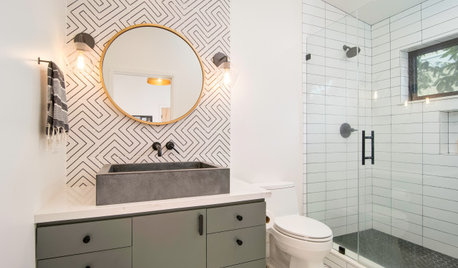
BATHROOM DESIGNHow Much of Your Bathroom Should You Tile?
When it comes to tiling, there are several options depending on your budget and room design
Full Story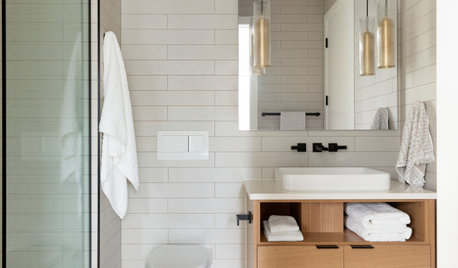
HOUZZ TV LIVEPractical Bathroom Design Ideas From Spring 2020’s Top Photos
Add style, storage and function with these clever ideas from some of the most-saved bathrooms on Houzz
Full Story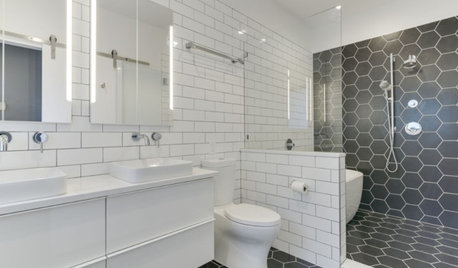
BATHROOM MAKEOVERSBathroom of the Week: High-Contrast Tile and a New Layout
Clever design choices and a wet room layout make good use of space in a compact main bathroom
Full StorySponsored
Custom Craftsmanship & Construction Solutions in Franklin County



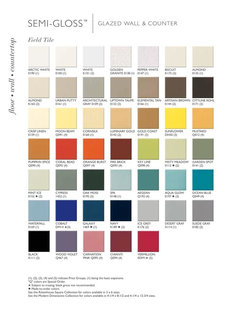


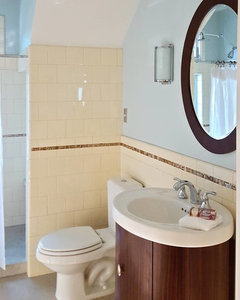
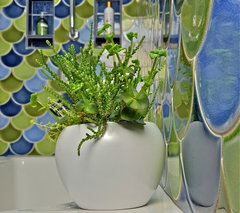

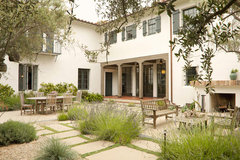
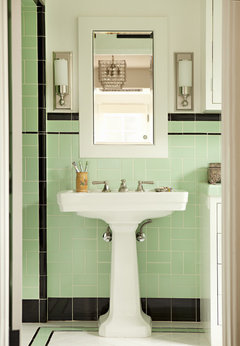


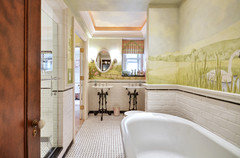
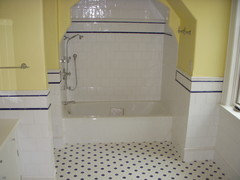

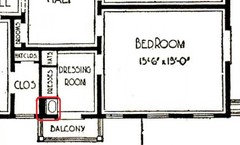
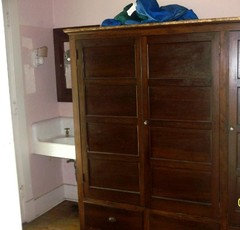


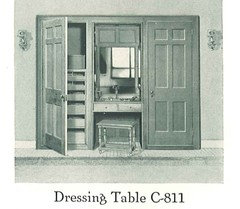
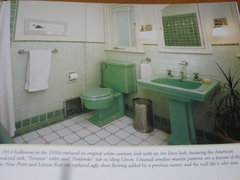

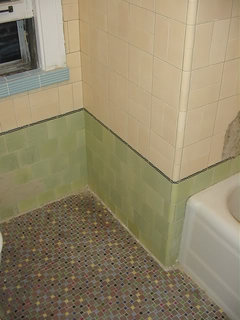
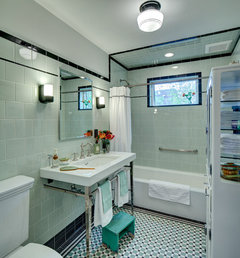
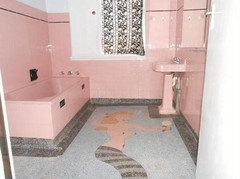


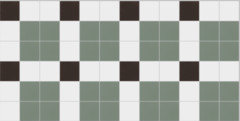

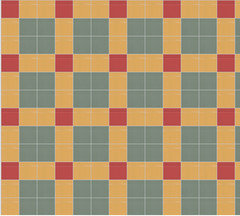
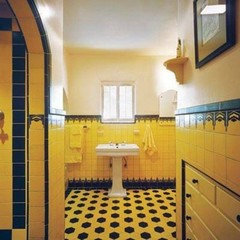
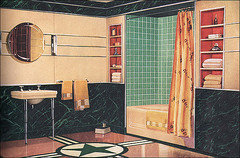


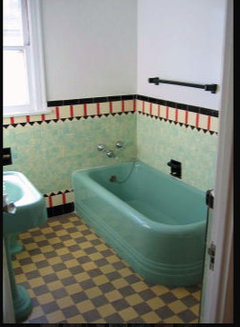
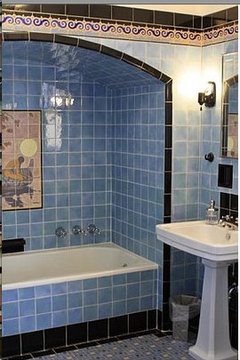
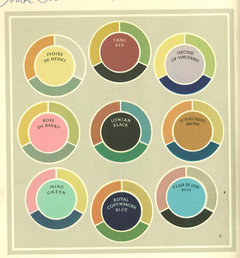
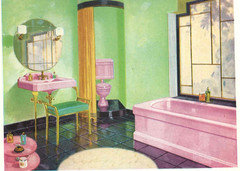
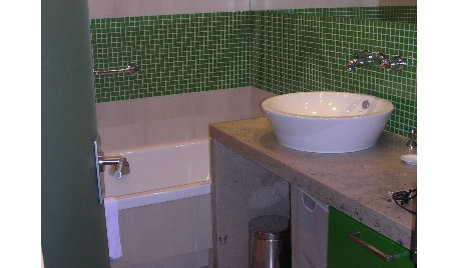
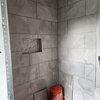
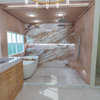
Lyndee Lee